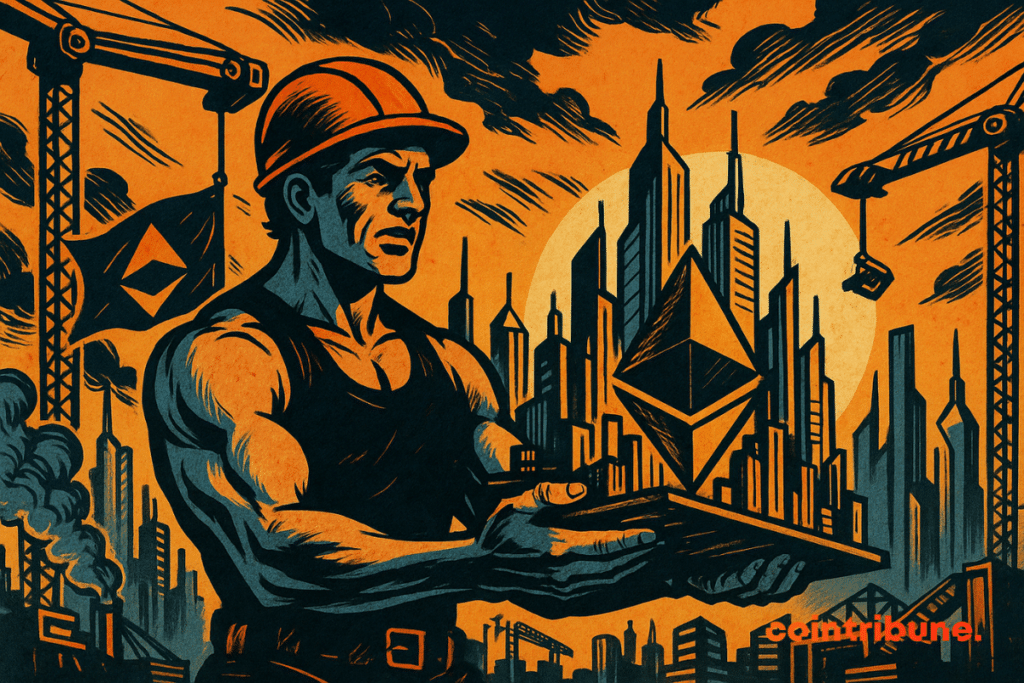Ethereum Gears Up for Fusaka Upgrade in November as Glamsterdam Planning Advances
Ethereum’s next major protocol upgrade, Fusaka, is scheduled for launch in early November. Developers aim to boost scalability and network resilience while trimming unnecessary features.

In Brief
- Ethereum’s Fusaka upgrade targets improved scalability and security by November 2025.
- Glamsterdam may cut block times to 6 seconds, enhancing DeFi and DApp performance.
- Vitalik says nearly 50% of validators support raising the gas limit to 45 million.
Fusaka Testing Begins Ahead of Tight November Timeline
The update follows Ethereum’s ongoing push for faster, more frequent enhancements. Fusaka is expected to land six months after the Pectra hard fork, which introduced account abstraction and improved validator operations.
The upcoming upgrade includes 11 Ethereum Improvement Proposals (EIPs), including security, scalability, and gas optimization improvements. Meanwhile, planning for the following hard fork, Glamsterdam, is already underway with new proposals on the table for review.
Fusaka Devnet Launches as Testnet Phase Nears
Ethereum core developers, including Tim Beiko, have confirmed that Fusaka’s devnet will go live this week. This development marks a critical step in testing ahead of public trials.
Two public testnets are scheduled for release in September and October. If testing proceeds as planned, the mainnet deployment will align with Devconnect in Buenos Aires between November 17 and 22.
However, the timeline remains tight. Ethereum protocol support member Nixo warned that developers must deliver client releases within six weeks to stay on track. To simplify testing, the team removed EIP-7907.
This proposal had aimed to double contract code size and introduce gas metering. Additionally, developers confirmed that the EVM Object Format, once expected for Fusaka, will no longer be included.
One major feature in Fusaka is EIP-7825, which aims to enhance network security against malicious actors while improving scalability. Developers have also discussed increasing Ethereum’s gas limit to 150 million. This change would allow more transaction capacity per block, although final approval is pending.
Glamsterdam Upgrade Gains Traction with Focus on Speed
Following Fusaka, Ethereum developers have turned their attention to the Glamsterdam upgrade, tentatively scheduled for 2026. Key features for Glamsterdam will be finalized during the AllCoreDevs Execution meeting on August 1.
One proposal from core developer Barnabé Monnot suggests reducing Ethereum’s block time from 12 seconds to six. This change would significantly boost DApp efficiency and user responsiveness.
Moreover, Ethereum co-founder Vitalik Buterin noted growing validator support for raising the gas limit to 45 million. He revealed that nearly 50% of the stake is in favor of this adjustment. If approved, it could further ease network congestion and lower transaction costs.
Maximize your Cointribune experience with our "Read to Earn" program! For every article you read, earn points and access exclusive rewards. Sign up now and start earning benefits.
Peter is a skilled finance and crypto journalist who simplifies complex topics through clear writing, thorough research, and sharp industry insight, delivering reader-friendly content for today’s fast-moving digital world.
The views, thoughts, and opinions expressed in this article belong solely to the author, and should not be taken as investment advice. Do your own research before taking any investment decisions.